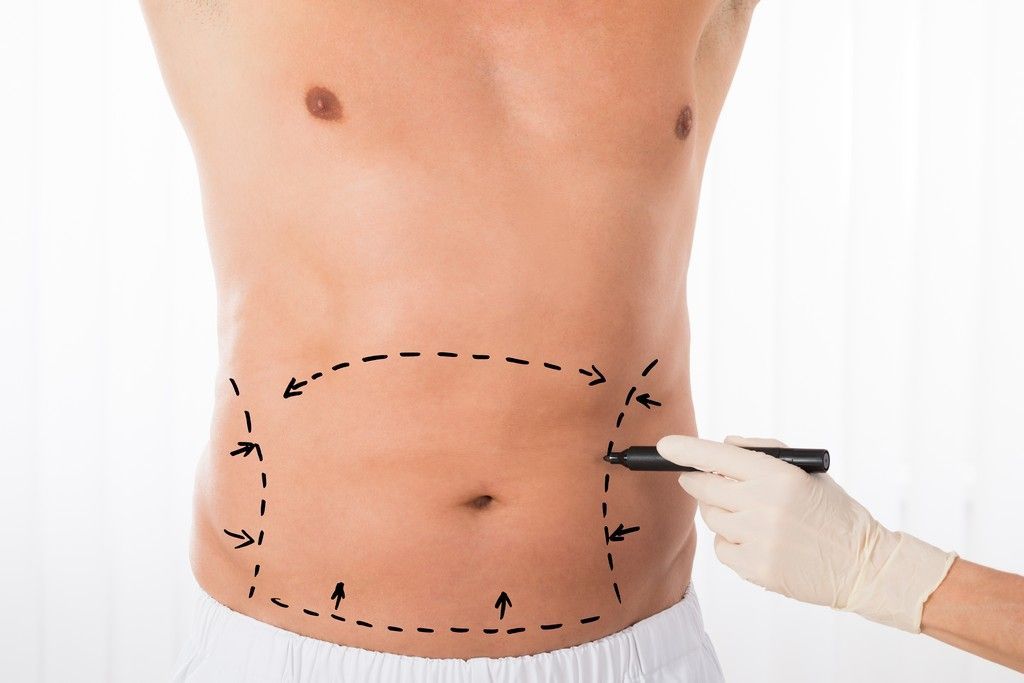ABDOMINOPLASTY SURGERY:
Dermolipectomy, umbilical hernia and rectus abdominal diastasis
Summary of surgery

TIME
4-5h

ANAESTHESIA
General

HOSPITALISATION
2 nights

RECOVERY
2 weeks
Abdominoplasty video (with English subtitles)
There are three different reasons why our patients come to Clínica Sanza in Barcelona for abdominoplasty surgery. It is not always for a purely aesthetic reason, but can also be to solve different diseases that we will explain below:
- The most common case, called dermolipectomy or abdomen lift, is usually for an aesthetic reason, to remove excess skin from the abdomen.
- It can also be due to a malformation of the navel, a condition known as umbilical hernia.
- Another cause may be due to problems in the abdominal musculature, this disease is called rectus abdominal diastasis.
Dermolipectomy or abdomen lift
The abdominoplasty surgery for cosmetic reasons consists basically in removing the excess skin of the abdomen to make the skin more tense, with no wrinkles but also to correct muscular flaccidity and weakness.
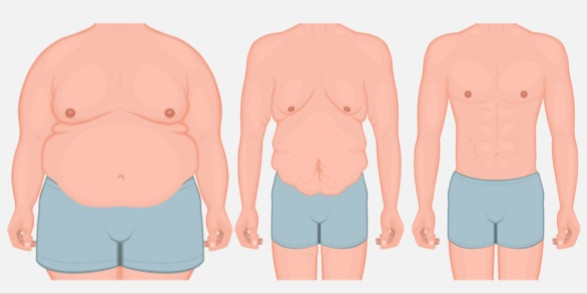
In certain cases of obesity, after losing a lot of weight, after a large liposuction or if we have poor skin quality, it may be necessary to remove this excess skin from the abdomen with plastic surgery. It does not depend on having had a lot or little obesity, it is only a question of the quality of the skin, which does not retract and does not stay in place.
It should not be confused with abdominal liposuction, in which normally once the fat has been aspirated, without touching the skin at all, or cutting it, or doing anything at all to it, the skin that is left over after the operation retracts on its own and remains perfect. The problem is that in some people this is not the case.
If you are confused or interested in more information about liposuction of the abdomen, you can find all the details in this link:
See section on abdomen liposuctions surgery
Clínica Sanza in Barcelona is a center of reference for abdominoplasty surgery.
Umbilical hernia
A umbilical hernia happens when a part of the intestine protrudes through an opening produced between the abdominal muscles, close to the belly button. It is something common and normally treated as an aesthetic issue, although depending on the case it can cause pain in the muscles in the abdomen. Normally our patients want to solve the problem because it looks bad, especially in summertime and it can be seen when wearing a bathing suit.
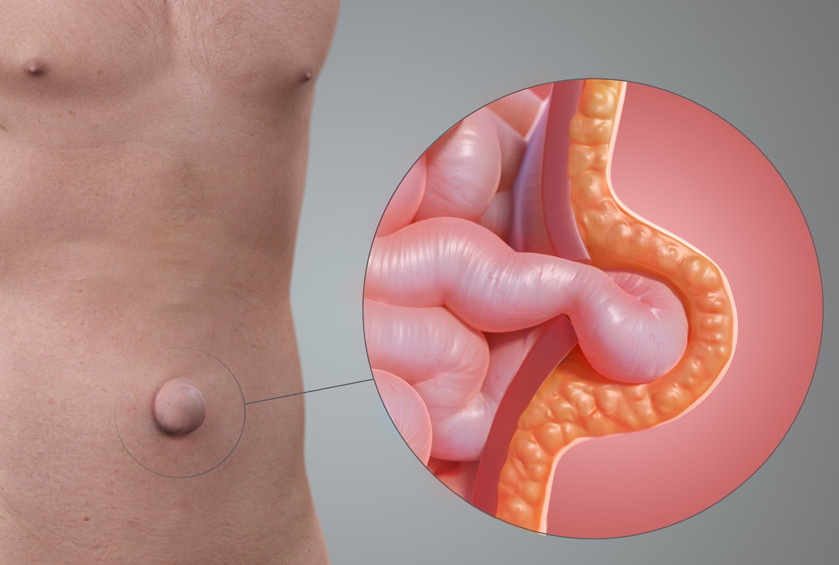
Umbilical hernias are more common in babies than in adults. In babies for instance, they usually close on its own during the first two years, but sometimes they can last up to 5 years or more.
Umbilical cords in adults can hardly close on its own and you need a surgery to close the opening.
In adults the main cause is too much pressure on the abdomen due to different reasons:
- Twin or multiple pregnancies
- Obesity
- A previous abdomen surgery
- Having liquid in the abdominal cavity
- Renal insufficiency that requires a peritoneal dialysis
Rectus abdominal diastasis
The muscles in the abdomen, the “famous” six-pack, has two muscles that go in a straight line from the chest to the genital area. Between these two muscles sometimes there is too much of a gap which is where the part of the intestine will protrude. The surgery of rectus abdominal diastasis consists in putting the intestine back in place and eliminate the intramuscular space, so the intestine does not come out again.
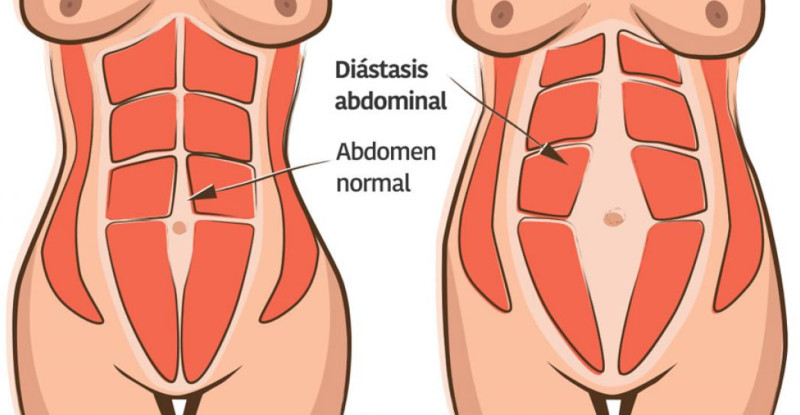
With a scan or ultrasound this problem can be easily checked.
The cause of having Rectus abdominal diastasis usually is
- Obesity
- Pregnancy

Book a visit
You can do it in 3 ways:
– Free on-site visit: Call +34 932066540 from Monday to Thursday from 9:00 am to 6:00 pm and Friday from 9:00 am to 3:00 pm.
– Free on-site visit with IMMEDIATE booking: For booking outside office hours. We charge 60 € on your card to avoid false bookings. It is refunded on the day you come to the consultation.
– ONLINE Visit: Video conference using whatsapp or Zoom. Cost of 60 € non-refundable. When booking indicate in the comments that you want videoconferencing and not on-site.

Book a visit
You can do it in 3 ways:
– Free on-site visit: Call +34 932066540 from Monday to Thursday from 9:00 am to 6:00 pm and Friday from 9:00 am to 3:00 pm.
– Free on-site visit with IMMEDIATE booking: For booking outside office hours. We charge 60 € on your card to avoid false bookings. It is refunded on the day you come to the consultation.
– ONLINE Visit: Video conference using whatsapp or Zoom. Cost of 60 € non-refundable. When booking indicate in the comments that you want videoconferencing and not on-site.
WHERE DO WE OPERATE?
At Clínica Sanza we rely on the Sagrat Cor Hospital, part of the Quirónsalud group, to perform our surgical procedures.
Its prestige, facilities, medical and healthcare staff, as well as its technology are a guarantee.
BARCELONA: A HEALTH HUB
Do you want to know why it is worth coming to Barcelona for plastic surgery and why so many people come from abroad?
WE ORGANIZE EVERYTHING FOR YOU
Your trip, your flight, your operation, your transfer and your hotel with our support agency. We work with the best travel agencies worldwide.
PATIENT’S PROFILE
People with muscular wall weakness and tiny retractable skin. People with pendulum abdomen that, after a diet, bariatric surgery or pregnancy, want to remove skin excess or emphasize the waist.
PROCEDURE
It is made with an incision on the suprapubic fold. The extension of itself is determined by the skin quantity and the flabbiness of abdominal musculature, the definition of the new waist line and the flatter abdomen. Generally speaking, the incision is perfectly hidden by the underwear. During the same intervention, a fallen or aged pubis can be elevated. Also a leg lifting is possible, improving the abdomen, legs and pubis. SURGERY DURATION
- 3 hours.
PROTOCOL
Pre-surgery
- Evaluation of the area to determine the adequacy of the treatment.
- Follow specific patterns determined by the doctor.
- Blood, cardiac and respiratory tests.
Anesthesia
- Local and sedation, general or epidural depending on each case.
Hospitalization
- 48 h hospitalization.
Post-surgery
- Suture is usually reabsorbed; if rejected, they are removed within 15 days.
- Medication is required.
- Mandatory examinations after several days, several weeks and several months, according to prescription.
Convalescence
- A week resting in a semi inclined position.
- Abdominal corset during a month.
- Physical exercise can be done after two weeks but in a gradual manner
- Risk-taking sport can be done after a month.
RESULTS/OUTCOME
- Flat abdomen.
- Defined waist.
- Smooth muscles and pubis if required.
- Rejuvenated and improved appearance.
- Improvement of the patient’s psychological profile and self-esteem.
Level of difficulty
- Easy/medium intervention.
Risk level
- Medium/low.
- Own intervention risks: visible scarring.
- General intervention risks: hemorrhage, infection, scarring alteration.
Do you know the difference between an abdominoplasty and a liposuction?
There are two similar things but it is not the same. If you don’t know the difference between one and the other we advise you to read this article.
BEFORE/AFTER PHOTOS
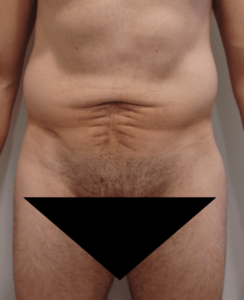
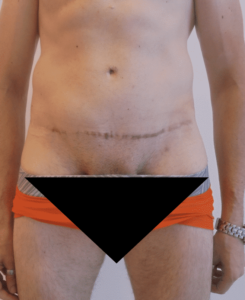
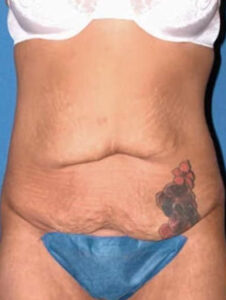
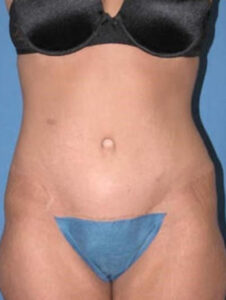
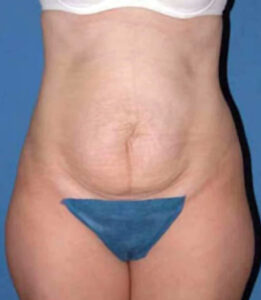
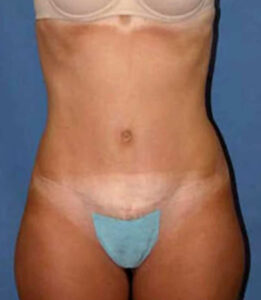
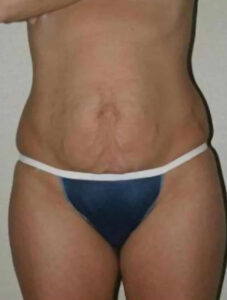
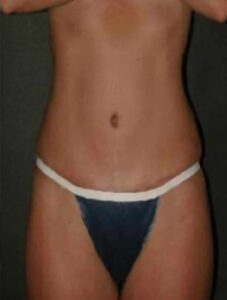
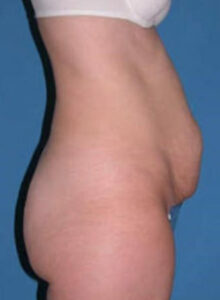
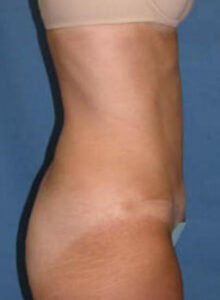
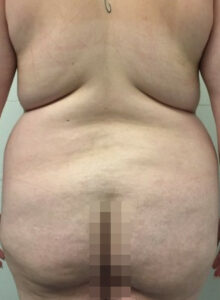
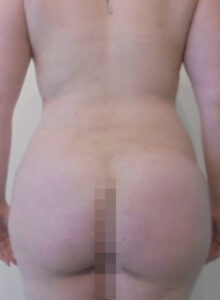
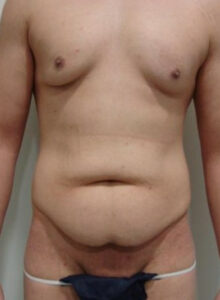
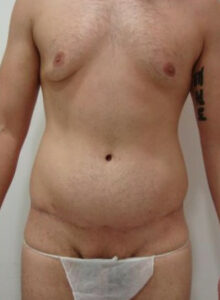
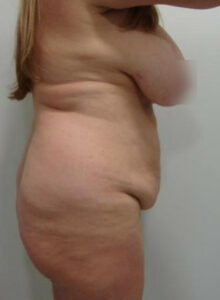
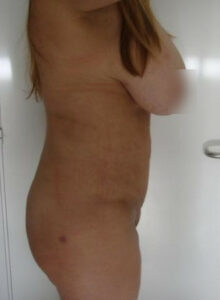
Whatever your case may be, do not hesitate in contacting us.
Clínica Sanza in Barcelona, Spain, quality service
Frequently asked questions about abdominoplasty surgery
Is there a solution to loose or open abdominal muscles?
Is the abdominoplasty or dermolipectomy scar large?
Will the navel show any scars?
What is the postoperative period for an abdominoplasty?
Will I have a lot of pain after abdominoplasty?
What is better to do an abdominoplasty or liposuction?
What anesthesia is used for abdominoplasty?
Can abdominoplasty remove stretch marks from the abdomen?
Can abdominal scars such as those from a cesarean section or appendicitis be removed?
Can the sagging skin left on my abdomen after losing a lot of weight be treated?
Can I have children after an abdominoplasty?
What is a minidermolipectomy?
What is the difference between abdominoplasty and dermolipectomy?
It’s the same thing. Both techniques are synonymous.





